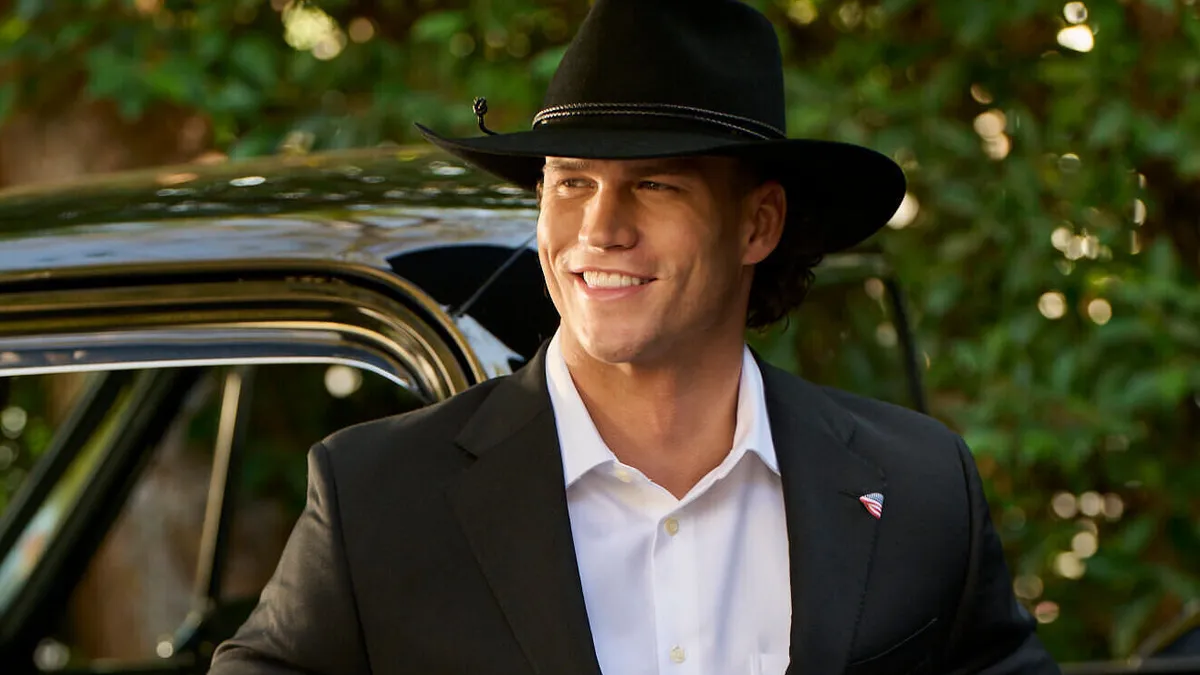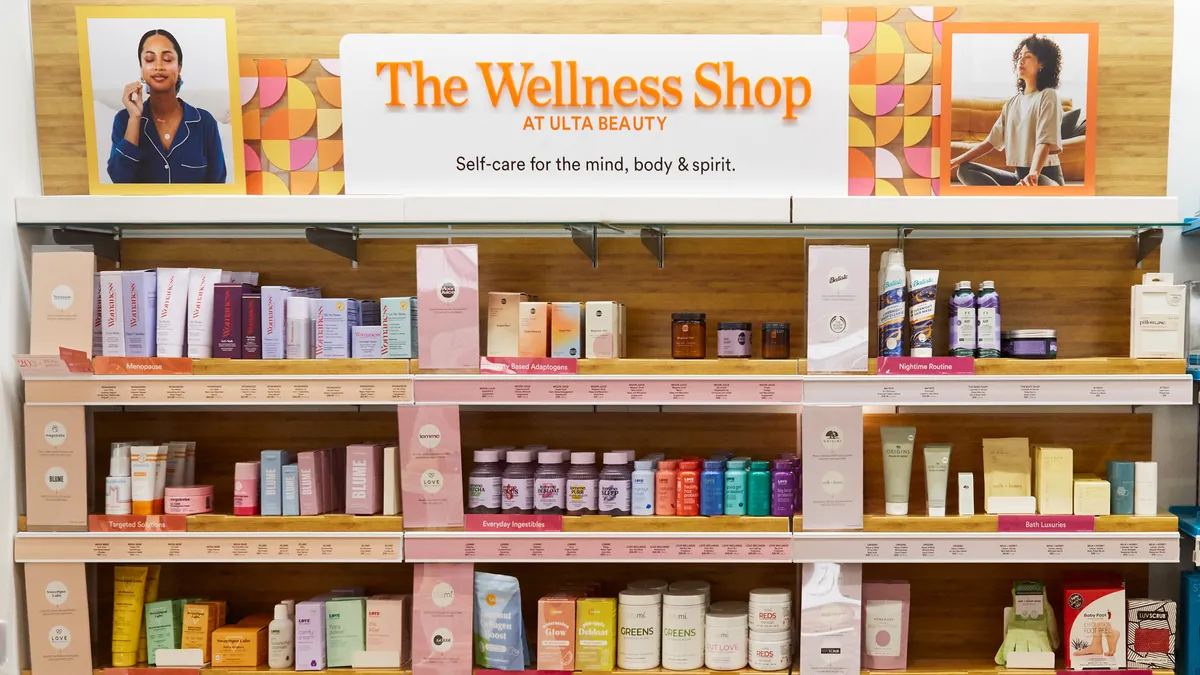Editor’s note: Kaarin Vembar is obsessed with the luxury and apparel markets. She also has a sassy mouth so her managing editor decided to give her a column in an attempt to harness insight for readers. Kaarin can be reached at [email protected].
Before I really get going I would like to state for the record I’ve always generally had positive-to-neutral feelings about Under Armour. It’s important to come out and say that before I drag them.
Up until quite recently the vibe of Under Armour has been one of a frat house.
This is not me being wildly judgmental. Only a few years ago, corporate employees were still charging the costs of adult entertainment and gambling to company credit cards. A 2018 expose of the company by The Wall Street Journal brought forward allegations of sexual misconduct by a number of executives and women staff members having difficulty advancing in the workplace. Among other accusations, founder and then-CEO Kevin Plank reportedly held an annual Preakness Stakes party for execs wherein young female staffers were invited based on attractiveness for the entertainment of male partygoers.
Plank promised to fix the company’s culture, stating, “we can and will do better.”
About a year later, Plank stepped down from the chief executive role he held since 1996, and became the company’s executive chairman and brand chief. Chief Operating Officer Patrik Frisk took his place and was in the role for about two years before he exited in the spring of 2022.
Fast forward a bit and the company hired former Marriott executive Stephanie Linnartz to the CEO position. A leader coming from the hospitality industry was a bit of a surprise, but my colleagues and I sincerely hoped it meant Under Armour stores would host breakfast buffets. (So far, no dice.)
Linnartz came in and unveiled a new plan, dubbed “Protect this House 3,” which to the Gen X readers out there sounds highly similar to the Kid ‘n Play movie “House Party 3,” except with a lot less charisma. Yet, a strategy is better than no strategy and this one has three main priorities: to drive global brand heat with a focus on the U.S.; deliver elevated design and product with a focus on footwear, women’s and sportstyle; and drive U.S. sales.
I would say “let’s sell stuff and make more money” is generally the overarching theme of retail, but credit where credit is due, because things moved forward. The summer saw a lot of change, with Linnartz laying off 50 people in corporate roles and then cleaning house in other ways, with the chief operating officer and chief product officer exiting, among other leadership changes.
The company launched its first loyalty program in August. (The first. The first one in nearly thirty years for a household-name company.) A little more than a week later, Under Armour reported first-quarter earnings, with revenue down 2% and North America down 9% for the quarter.
But it has another plan! It will start selling… athleisure! Welcome to the party, Under Armour. Lululemon, the athleisure GOAT, is essentially in the back room wearing a pair of its stretchy leggings and printing money, while Under Armour is finally noting that the categories of athletics and daily wear have been blurred.
Here’s where the company threw us all a glorious curveball by naming John Varvatos as chief design officer. Under Armour said back in August that it had already brought on new designers in footwear and sportstyle as it works to build out better product assortments, with a focus on women’s.
“It’s about better design, it’s about better fit, it’s about better finishes,” Linnartz said at the time. “It’s equally about how we market to the female customer.”
And even earlier than that, Linnartz made it clear, in no uncertain terms, that women were a top priority.
“We will go after women harder than this company has ever seen,” Linnartz said in May. “Full stop.”
Varvatos is a fantastic designer who probably deep down always wanted to be a musician. He was a rock scene favorite and took aesthetic cues from Detroit’s punk artists. He also created the boxer brief at Calvin Klein and the laceless sneaker for Converse — two things that may not sound like a big deal, but are so commonplace that it’s easy to forget that a designer can be credited with their origin.
Varvatos happens to be a personal favorite because his apparel makes everyone look cool. This was the designer that had everyone from ZZ Top, Kiss, Willie Nelson, The Roots, Vintage Trouble and Iggy Pop in his ad campaigns.
Varvatos has the potential to bring something new to Under Armour by giving the brand a fresh look while still maintaining its roots in functionality. He may finally give Under Armour a fashion perspective which, let’s face it, isn’t 100% necessary, BUT would further differentiate the company’s product in a crowded space.
But Varvatos is a menswear designer. Menswear. This is still all about men.
My complaint with Varvatos isn’t about him, per se. It’s more about what the company has done in the past and the verbiage of where it is headed juxtaposed against reality.
Back in 2019, before the Panini, my colleague Cara did this amazing report about female executives in sports retail. She went back and found how many women were in executive roles at top athletics brands. Spoiler: there were very few. At Under Armour, between 2009 and 2013, there were zero women in executive roles. Between 2014 and 2019, there was only one female executive, and that person was in the top human resources spot.
Today there are three women in executive roles at the company: CEO Linnartz, Chief People and Administrative Officer Tchernavia Rocker and Chief Legal Officer and Corporate Secretary Mehri Shadman. There are also two guys named Dave.
And while it’s obvious that Linnartz is in charge and making some big moves, Plank is still shaping Under Armour. This spring, the company entered into a long-term partnership with Steph Curry. Curry received $75 million in restricted stock units and took on an additional role as the president of the Curry Brand. But in photo ops, standing next to Curry wasn’t the company’s new chief executive, who had just started a month prior. It was Plank.
Plank also made headlines this summer due to what CNBC called an “unusual relationship” with then-Bloomberg reporter, now TV anchor, Stephanie Ruhle. Court records show that Ruhle took trips on his private jet, accessed confidential company info and had a secret phone reserved for the Under Armour leader.
It all adds up to a bunch of ick. I’m always up for a redemption arc. But when your brand is losing market share maybe the best thing to show you are serious is to ask your Chad of a founder to take a breath. Because some people may have forgotten the history of this company, but I haven’t and I’m guessing a lot of other people remember, too.
The summer of 2023 was all about female spending power. The success of Barbie, along with Taylor Swift and Beyoncé’s tours, continually made headlines. Which shocked no one who identifies as female. The big reveal is that if companies make products that cater to women and have executives that see them as a priority instead of an afterthought there may be a way to have a big pay day.
It remains to be seen if Under Armour can get out of its own way long enough to build trust with female customers. But, I will fully take back all my side eye and hope to be proven wrong with its trajectory. Make a properly cut sports bra and I will follow you forever.






















